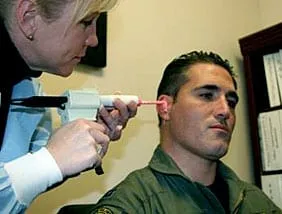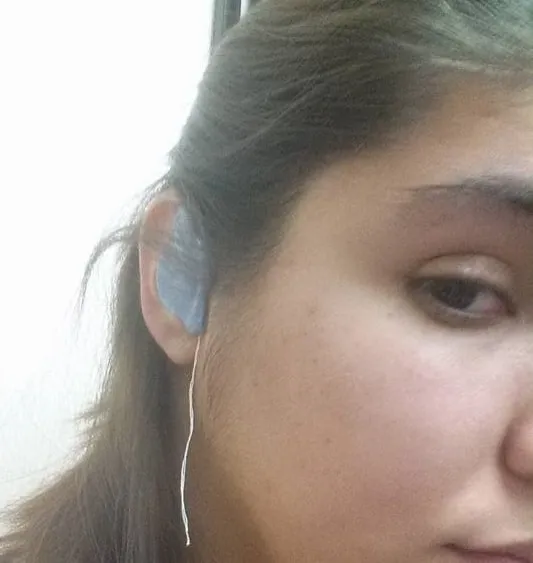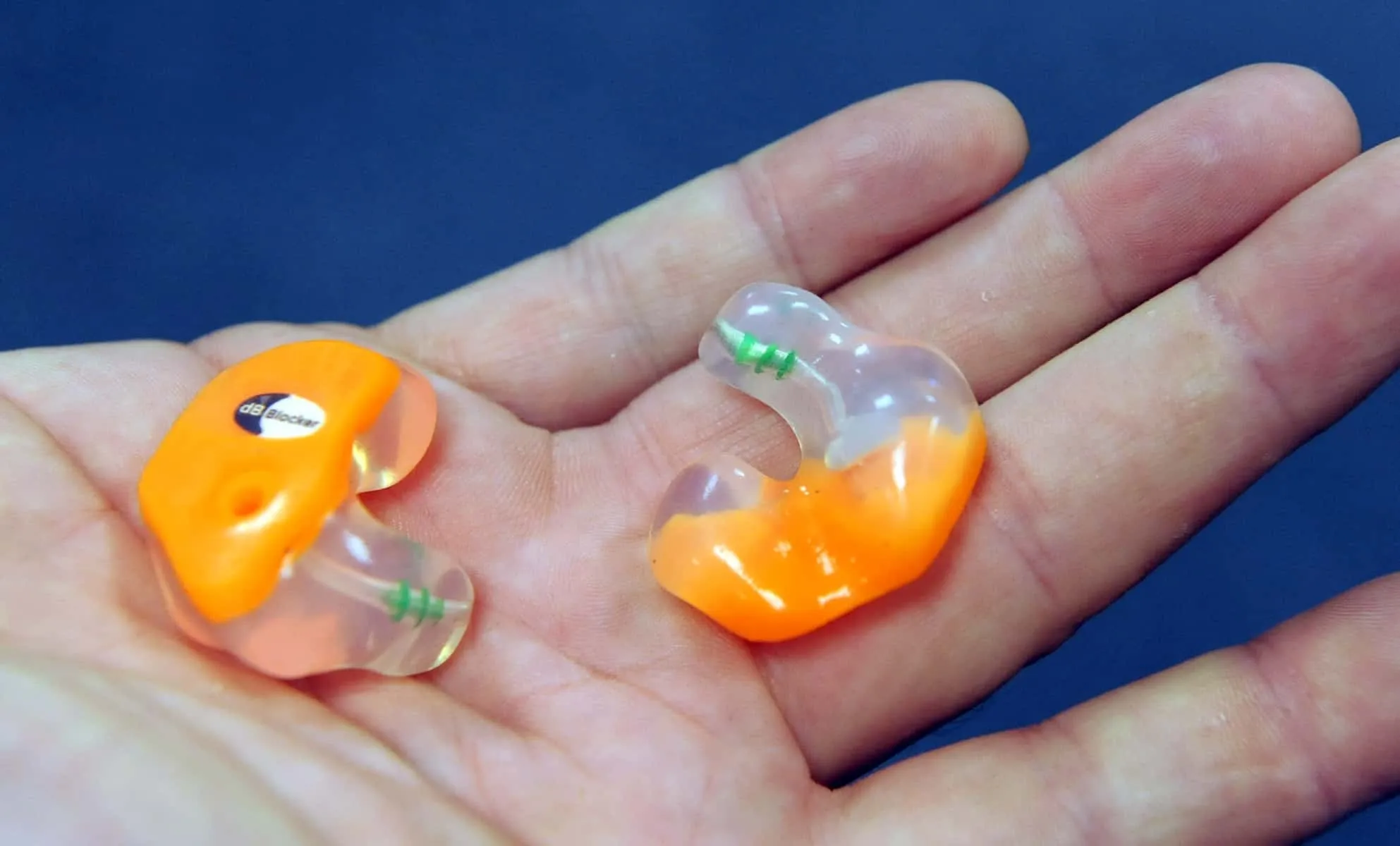Why Custom Earplugs Are Worth It: Uses, Benefits, and How to Get Them
By Dr. Jonathan Javid, Au.D.
Do you work a noisy job, dislike water in your ears when showering or swimming, or play music in loud settings? If yes, then a custom earplug might be right for you.
To get custom earplugs, visit an audiologist or hearing care professional. They’ll take a mold of your ear and send it to a lab to create your custom-fit plug.
In this article, you’ll learn what custom earplugs are, how they compare to disposables, their pros and cons, and the full process of how they’re made.
What Are Custom Earplugs?
A custom earplug—also referred to as personalized hearing protection—is molded to your individual ear. Whether used for noise reduction, water protection, or music, they deliver superior comfort and performance.
They’re ideal for:
- Workers in loud environments like factories or construction sites.
- Those with ear tubes who must avoid water exposure.
- Musicians needing filtered protection that maintains clarity.
Custom earplugs are molded using impressions from your ear—typically in foam, acrylic, or silicone—offering a snugger, longer-lasting fit than foam earplugs.
Why Choose Custom vs. Disposable Earplugs
- Superior seal: No sound leaks for better noise isolation.
- Better comfort: Supports long-term use without pain or fatigue.
- Durability: More cost-effective over time than frequent disposable replacements.
- Filter customization: Ideal for musicians or conversational settings.
Want more tips for protecting your hearing? See our guide on hidden hearing loss.
Advantages and Disadvantages
Advantages

- Precision Fit: Made from accurate earmold impressions by professionals.
- Durable Materials: Made of hypoallergenic acrylic or silicone and easy to clean.
- Enhanced Comfort: Ideal for uniquely shaped or sensitive ear canals.
- Noise Reduction: Can reduce around 25–30 dB, with optional filters.
- Value Over Time: Although costlier upfront, they last multiple years.
Disadvantages
- Proper Insertion Required: Incorrect placement makes them ineffective or uncomfortable.
- Break-In Needed: Initial smoothness may require lubricant and a few days to adapt.
- Not Permanent: Ear shapes change (especially in kids); custom plugs typically last 3–5 years before needing a redo.
How Are Custom Earplugs Made?

- Audiologist inspects and clears ear canal of wax.
- A foam block protects the eardrum.
- Impression material fills the canal and hardens.
- The mold is sent to a lab for crafting.
- Upon return, the audiologist fits the earplugs and shows you proper care.
FAQs About Custom Earplugs
Cost? Typically $100–$150 per pair depending on type and provider.
Longevity? Silicone lasts ≈3 years (~700 uses); acrylic lasts up to 5 years.
Customs for Kids? Yes—but expect replacements more often due to growth.
Swimming Earplugs? Yes, specialized swim plugs prevent water ingress.
Want additional info on hearing aid fit and tips? Explore articles like Oticon hearing aid troubleshooting and solutions for slipping earmolds.

